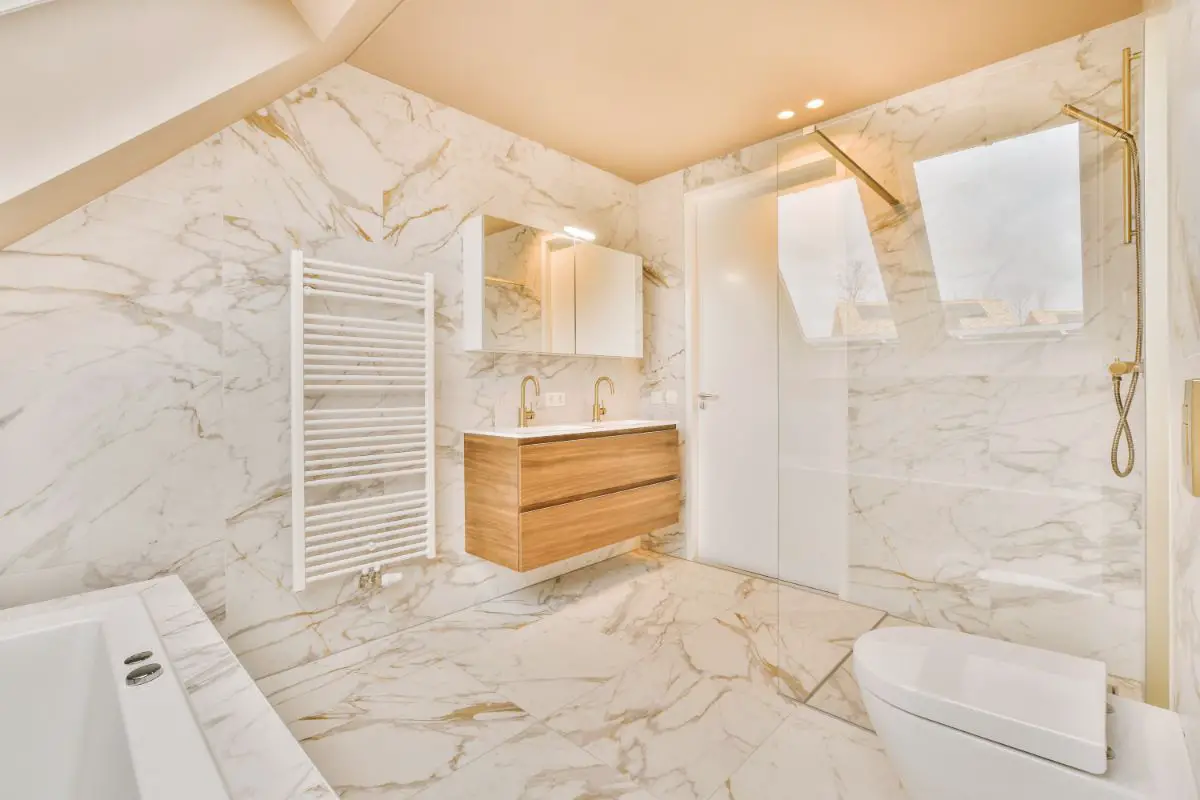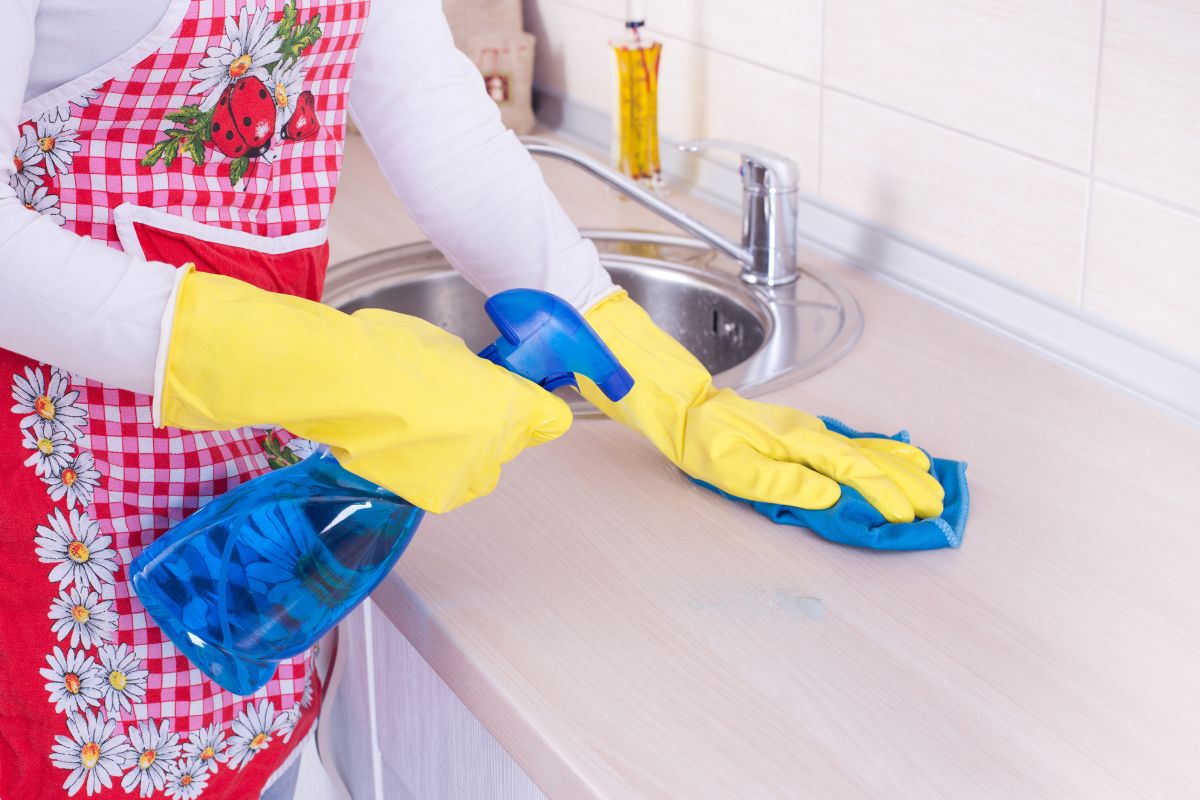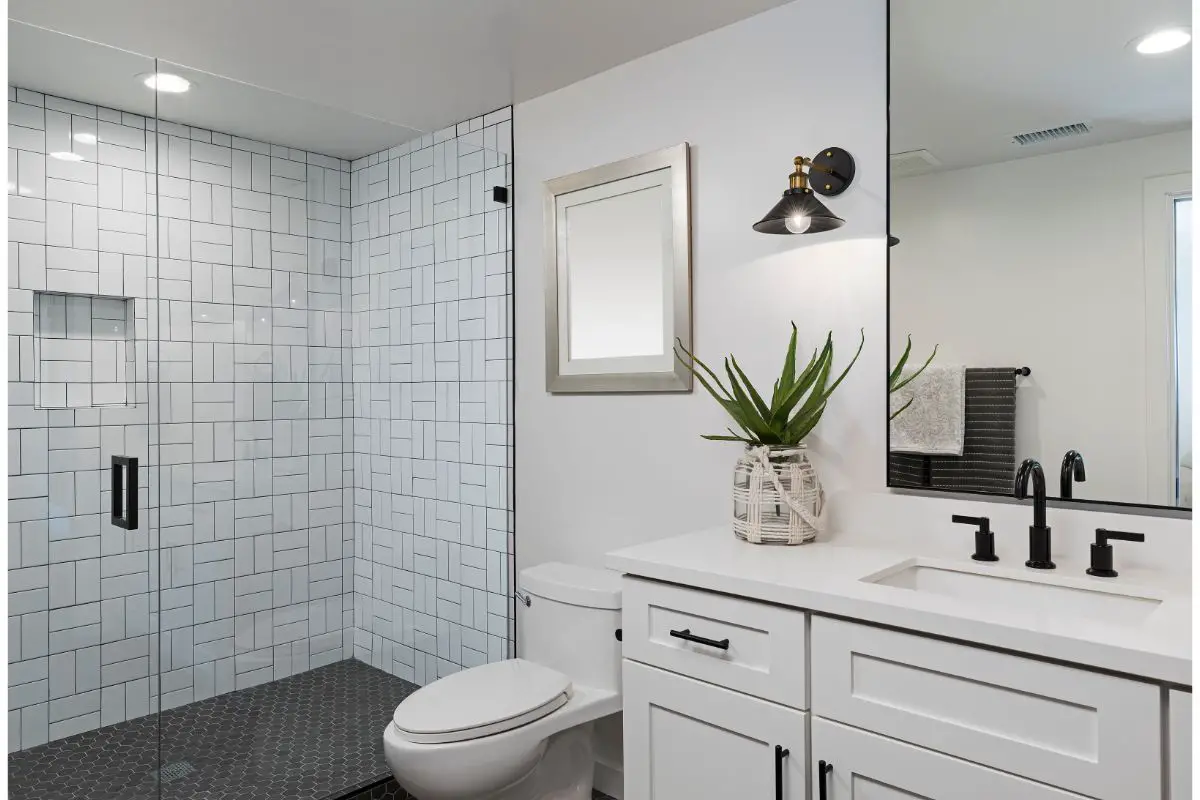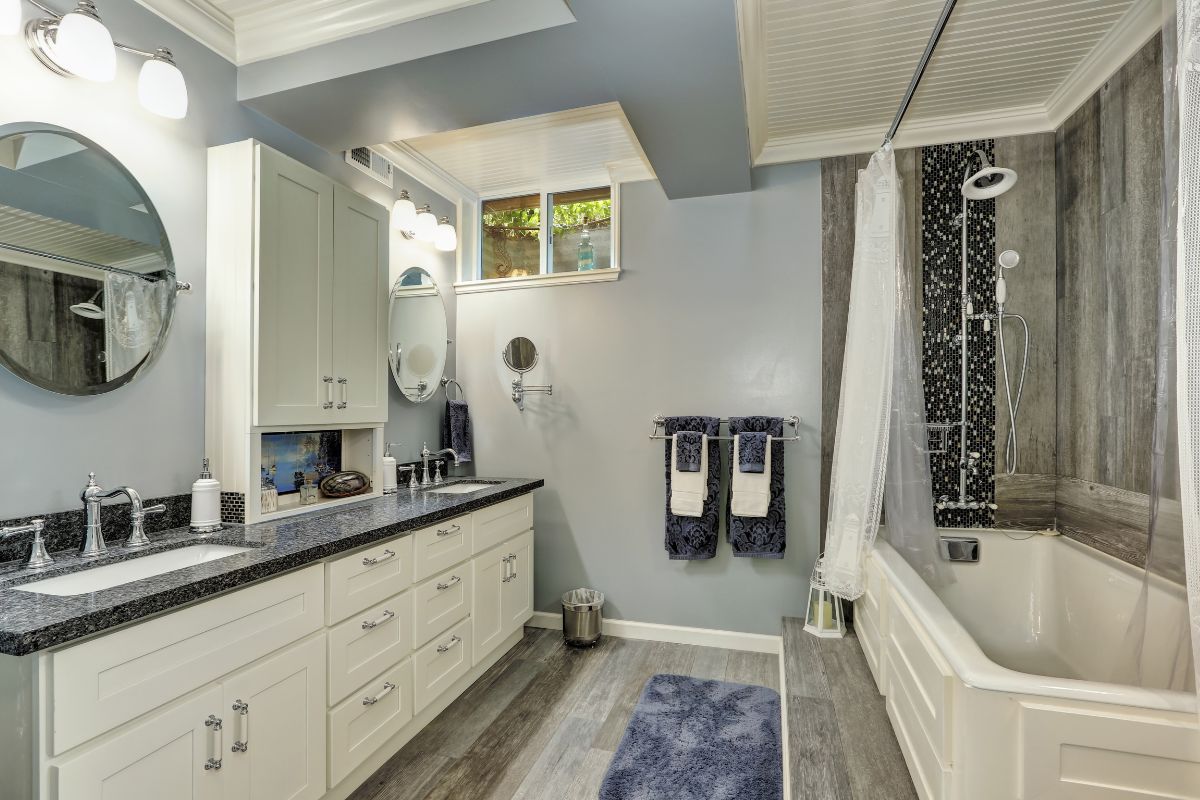Marble, cultured or natural, is the perfect way to add a luxurious touch to any home. Next to granite, the effects of marble are subtle yet powerful and can bring any kitchen or bathroom together.

Now, natural marble is a great material for your home but it is also extremely expensive. But cultured marble is just as stunning without the need for a second mortgage.
This popular product causes extreme confusion among new homeowners and interior designers. What is cultured marble? How is it made? Is it better than real marble?
In this article, we discuss everything you need to know about cultured marble and what it can do for your home!
Cultured Vs Real Marble
Much like gemstones, humans have developed a way to replicate materials that are naturally found on the Earth. This has brought us cultured marble.
Cultured marble is similar to real marble, which is a high-end, luxurious natural stone extracted from the soil. Natural marble that has been ground up and combined with artificial resins and pigments is called cultured marble. It is covered with a clear, protective gel after being shaped into a countertop.
This doesn’t make it any less quality than real marble, however, it does bring down the price a considerable amount.
Cultured marble is manufactured similarly to quartz (see also “Does Quartz Stain?“) and Corian countertops. However, it is much more versatile and it can also be used to create bathtubs, showers, backsplashes, and sinks.
Other differences between cultured and real marble are:
- Real marble needs sealing for longevity. Cultured marble does not.
- Real marble will have seams when used for large surfaces such as kitchen countertops and islands.
However, there are some similarities to consider. Both products are easily damaged. They can be stained, cracked, scratched, burned, and chemically damaged.
Another similarity is the level of care they require to keep them in good condition, however, if they are damaged they can be repaired to almost new condition. Making the thought of having little ones near your countertops a little less stressful.
Maintaining Cultured Marble

The way you clean and maintain your cultured marble will depend on the type of finish you have:
Gloss Finish
The simplicity of upkeep and washing cultured marble and granite makes it beautiful. Simply use a gentle soap and water solution or a non-abrasive foam cleaner to wipe down surfaces.
Apply a protective wax coat from time to time to keep your marble or granite looking beautiful. We advise GelGlossTM. Depending on use, it should be applied every few months like furniture polish.
Boat or car wax are also great products for adding an extra layer of protection against scratches.
Matte Finish
When caring for a matt finish you are going to use a soft sponge or washcloth with mild soap and warm water. You can also use a very mild abrasive cleaner but be extremely careful that it is gentle on the surface.
Adding a coat of wax is a great way to protect this type of finish. Especially against small scratches that can happen over time.
Benefits Of Cultured Marble

Marble is an extremely popular material for around the home. It is soft yet strong and can be the defining feature of any room it is used in.
Appearance
During the casting process, the sought-after veining and patterns inherent in natural stone can be re-created. Additionally, because cultured marble is made by hand, you can choose the colors in advance for your design.
Low Maintenance
Unlike real marble, cultured marble is non-porous and does not require re-sealing every year. It simply needs cleaning with a non-abrasive cleaner every so often to keep it fresh.
You can also apply wax for further protection and to keep it looking in top condition.
Durable
Cultured marble is durable and requires little care since it contains nonporous materials. A small scratch may typically be fixed by using a gel compound that repairs the vanity top since the solid-surface material is resistant to stains and chipping.
Affordable
Due to not being completely real marble, cultured marble is a lot more affordable than real stone. However, it will still add value to your home and make it appear a lot more luxurious than when you first moved in.
You will discover that installation costs are more reasonable as cultured marble is a lot more lightweight and is designed to fit seamlessly into your home.
Cons Of Cultured Marble
While the advantages of cultured marble definitely outweigh the disadvantages, it is still important to consider them.
Consistency
Numerous different manufacturers produce cultured marble, which is made from a variety of tiny particles. As a result, the aesthetics may differ. There might be some spots where the texture or color seems a little “off” or where the color is a little “off.”
Gel Will Crack
The majority of cultured marble is shielded with a tough gel coating, which effectively keeps the substance in good condition. However, this gel is prone to cracking over time. Small, branching cracks at first, that may eventually spread throughout your material.
Quality Control
The quality standards used by different manufacturers vary. Your cultured marble might not be as durable or have a weaker structural foundation than comparable items available on the market.
When purchasing cultured marble, you have to be sure that the manufacturer is of high quality. Do your research and ensure that they produce a quality product that will last.
Final Thoughts
So, what is cultured marble? Cultured marble is a manmade product. It is created by combining particles of natural marble with synthetic resin and dyes that are then molded and set with a protective gel.
It is a great quality material that will complete your bathroom or kitchen with a sleek, stylish finish.
You do have to be careful about the supplier of cultured marble but with it, you can add value to your home and have a countertop that will last decades.
All you need to decide is if you want matte or gloss.
- What Kind of Room Has No Doors or Windows? - December 1, 2023
- What is a Powder Room? - December 1, 2023
- What Is a Kitchenette: Exploring the Features and Benefits of a Compact Kitchen - December 1, 2023










